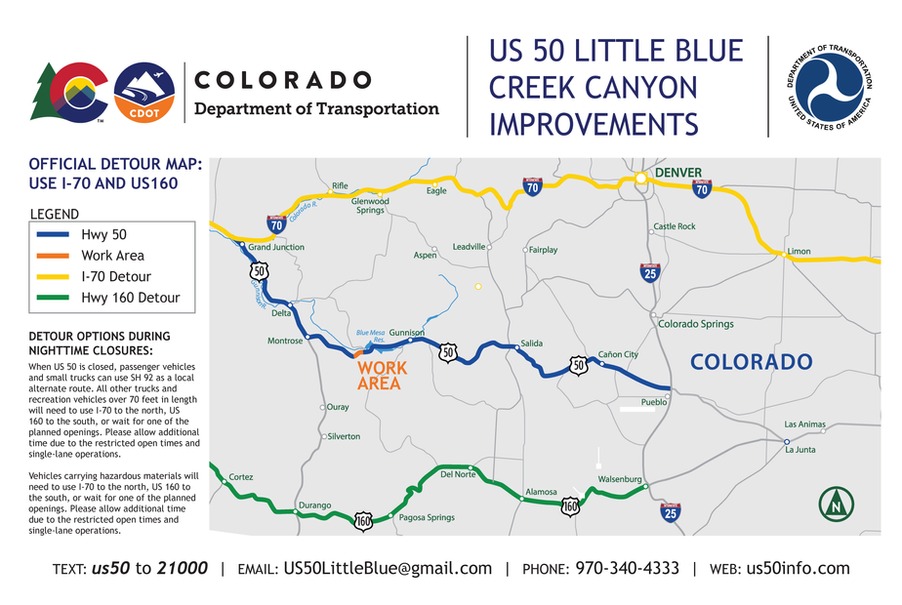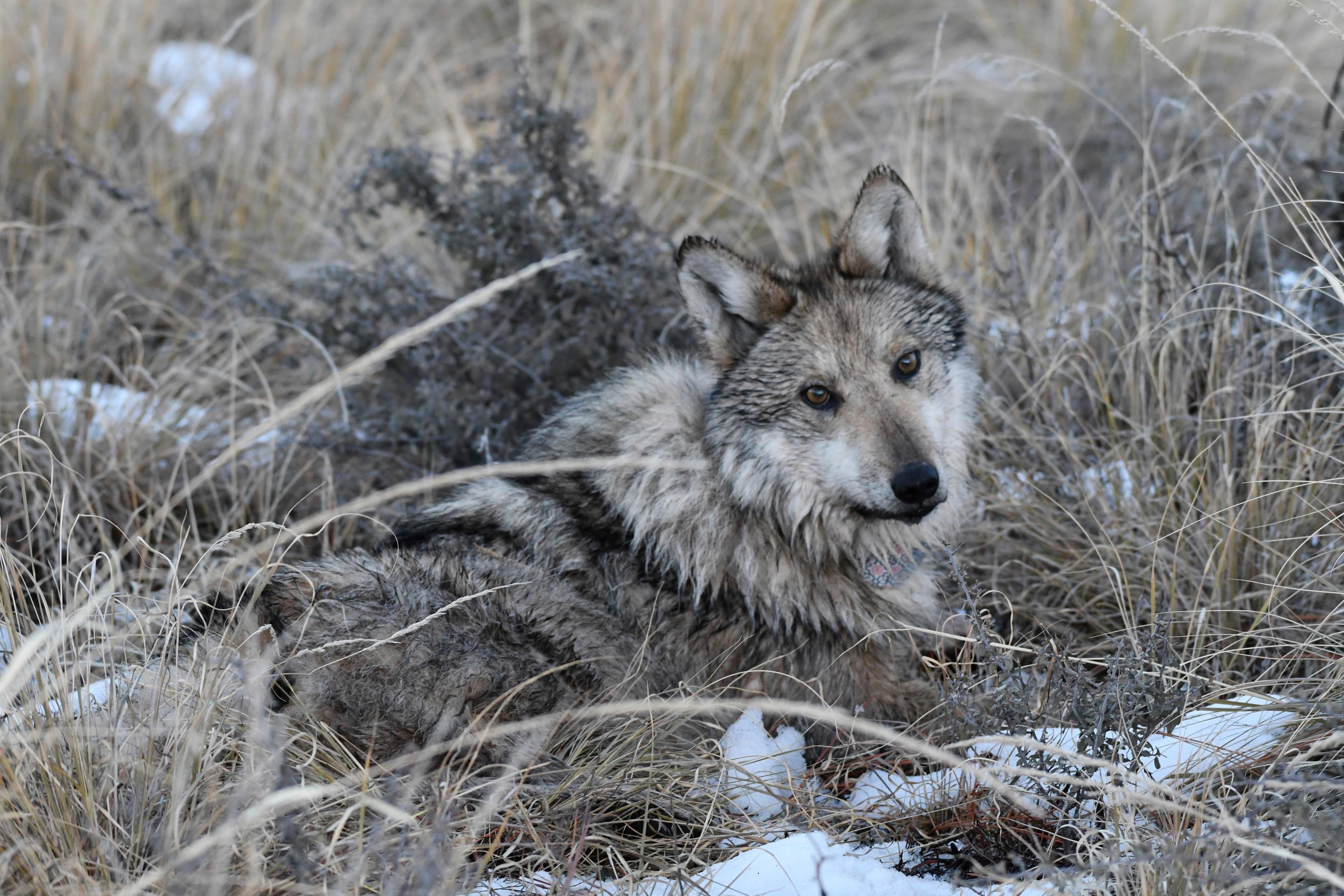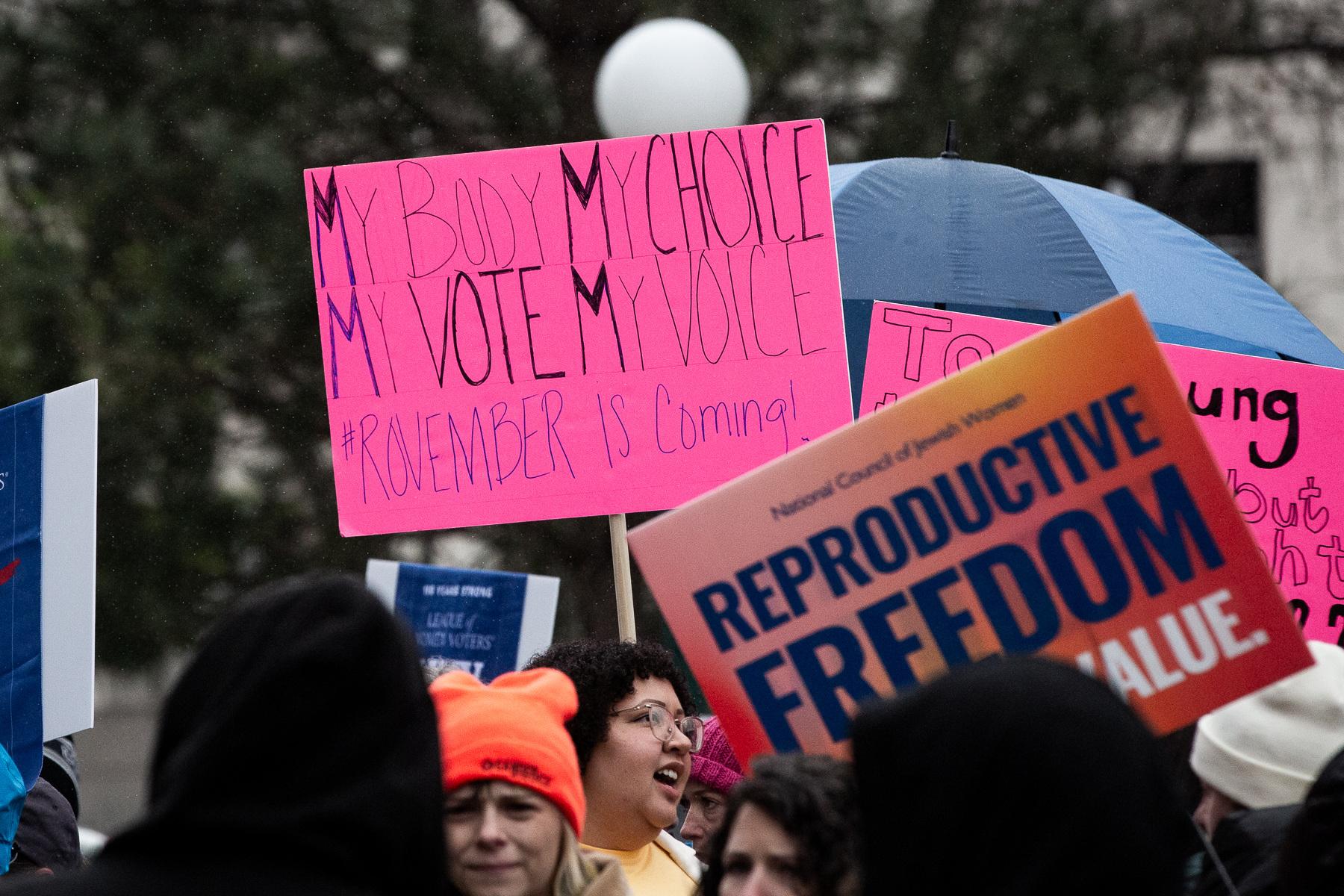
As fire forecasters begin to prepare their 2018 projections, officials have already moved additional air resources into the state in anticipation of a worse-than-average fire year.
Scott Swendsen, manger of the Rocky Mountain Area Coordination Center in Lakewood told Colorado Matters it's his job to coordinate and place firefighting resources where they'll be most effective.
"We've brought in a large air tanker and helicopter to be able to start supporting southern and eastern Colorado as well as Kansas," he said.
Russ Mann is a meteorologist with RMACC. He says conditions in southern and eastern Colorado are shaping up to rival 2012, another severe fire year. That year, the Waldo Canyon Fire destroyed 350 homes in Colorado Springs and became the most destructive fire in state history.
"Snowpack in the southern part of the state tells a big portion of the tale. A lot of our snow measurement sights are at their lowest reading we've seen since they've been taking consistent records going back to 1980," Mann says.

Mann says areas that should anticipate an increased risk of wildfires are south of Colorado Springs including Pueblo and points west. That includes the Sangre De Cristo Mountains, the San Juan Mountains, and even Grand Mesa just east of Grand Junction.
On Colorado’s southeastern plains, less than a quarter-inch of rain has fallen in the past five months. Higher than normal temperatures are expected at least into June. That could slow drought recovery there even if rainfall returns to normal.









